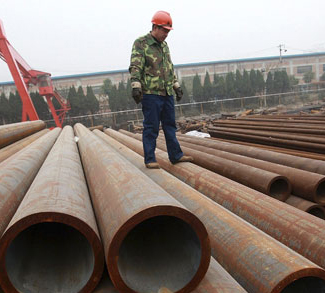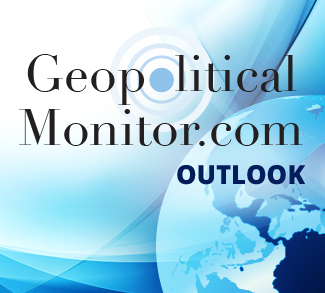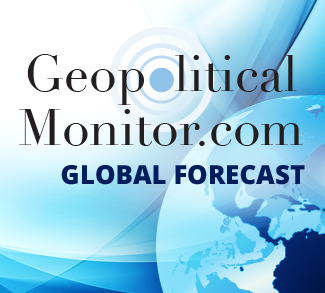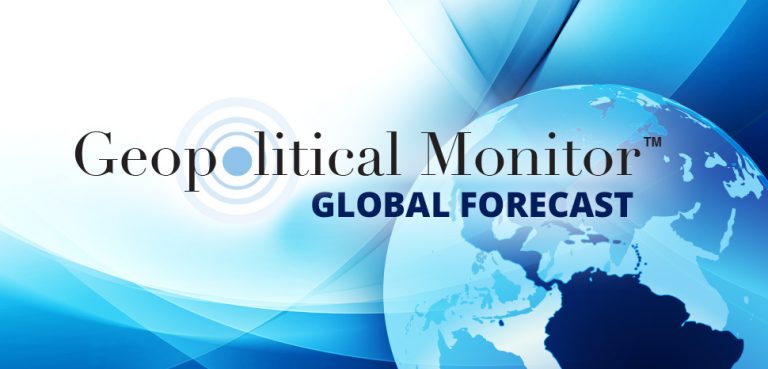Amidst the long darkness of the so-called ‘Great Recession,’ China has been one of the global economy’s few bright lights. So successfully has Beijing weathered the current economic storm, that many in the West are hoping that China can be the engine of global demand that propels a global economic recovery. [1] Hopes that China can provide the impetus for a global economic resurgence are predicated on a profound misunderstanding of the intrinsic contradictions of the Chinese economy, however.
The Chinese government, pundits argue, learned the lessons of 2008 when America’s economic freefall subsequent to the Great Financial Crisis and Europe’s persistent economic malaise robbed China of its biggest and most secure export markets. The ensuing global economic collapse precipitated a 10.7% decrease in world trade volume in 2009 and slashed China’s annual exports from 26% annual growth to 27% contraction. [2] Not surprisingly, the Chinese economy experienced its lowest period of growth in decades and only a huge fiscal stimulus package saved China from following the industrialized west into a profound slump.
Now, Beijing is looking inward – in accordance with the expert consensus on China’s economic imperatives. It has thus begun a massive program to reorient the Chinese economy away from its perilous over-dependence on foreign investment and exports. Most importantly, it has embarked on a program to energize China’s moribund domestic consumer demand by investing heavily in the domestic economy.
Thus, in late 2011 Chinese officials informed the U.S. that Beijing is investing more than $1.7 trillion dollars on the strategic domestic sector over the next five years. [3] While experts acknowledge that the Chinese economy is bound to slow down, most economists argue that such government policies will continue to spur consumption and investment – thereby ensuring that the Chinese economy sails smoothly through choppy waters. [4] Optimistic analysts cite the fact that, while the vast majority of developed countries are mired in a prolonged stagnation marked by adverse feedback loops between the real economy and the financial sector, debt crises, cripplingly high unemployment and political unrest, China has maintained close to double-digit growth since 2008.
These forecasts give little account of the unique conditions that have powered the spectacular rise of Chinese State Capitalism; most notably China’s vast pool of low-wage workers constantly being replenished by migrant labourers caught in China’s pervasive rural-urban divide.
China’s historically low consumption rates lie in macroeconomic policies fundamental to China’s growth model. Government policy has consistently reallocated income away from the household to state-owned companies. Throughout its turn to market capitalism, the Chinese government has pursued a concerted campaign to repress indigenous labour in order to keep wages artificially low even as productivity and advances in technology increased rapidly. Migrant workers from impoverished agricultural areas, numbering in the tens of millions and possessing almost no capacity to militate against the exploitative labour practices, provide the bedrock of China’s absurdly cheap labour force. [5]
Moreover, the long-term state policy of maintaining an artificially low currency in order to bolster China’s export-based state-owned companies hampers household purchasing power by raising the costs of imports.
The share of China’s GDP going to the household sector has historically been pegged below 50%, meaning that the average Chinese household has no capacity for consumption on non-necessary goods. Even more, Beijing’s frantic expansion in domestic investment increased the investment share of GDP by more than 10 percent from 2002 to 2010 – a rise that was mirrored a ten percent decline of the domestic consumption share, from 44 percent to 34 percent. [6]
“No country,” acclaimed New York University economist Nouriel Roubini writes, “can be productive enough to reinvest 50% of GDP in new capital stock without eventually facing immense overcapacity and a staggering non-performing loan problem. China is rife with overinvestment in physical capital,” idle capacity, weak consumption and financial bubbles. “Commercial and high-end residential investment has been excessive…overcapacity in steel, cement, and other manufacturing is increasing further… [which will lead] to serious deflationary pressures, starting with the manufacturing and real-estate sectors.” [7]
Almost inevitably the domestic sectors precipitous drop in market share has led to freefalling incomes in the majority of Chinese households and mushrooming inequality in Chinese society. Official records show that the top ten percent of China’s urban dwellers earn twenty-three times as much income as the bottom ten percent of urban dwellers. If undisclosed income is considered, however, the top ten percent of income earners in urban China receive more than sixty-five time as much as the bottom ten percent.
Even more, China’s rural poor – constituting the vast majority of the Chinese population – make a pittance compared to urban workers. Upwards of seventy percent of workers employed in export manufacturing are internal migrants travelling from rural areas moreover, and are paid much less than their urban counterparts. China is consequently locked in a two horse battle to be the most unequal country in East Asia according to the Asian Development Bank. [8]
Any measures taken to wean the economy off of its addiction to exports since 2008 have the potential to knock an already rickety domestic economy further on its heels. The increase in wages required to increase consumption as a share of GDP would almost inevitably bankrupt China’s state-owned enterprises and drive out foreign firms, almost all of which are export dependent. Small and mid-sized factories run by independent Chinese capitalists would also be adversely affected, constricted by credit crunches and enticed by sunnier prospects abroad. Coupled with rising global prices for raw materials and food stuffs, long-term declines in labour surprises, such a chain of events has the potential to derail consumer spending.
China, no longer a nascent economy, is experiencing the maturity pangs of over-accumulation just as the export market that fuelled its economic boom is drying up – highlighting the intrinsic contradiction at the heart of the modern incarnation of the Chinese economy. These contradictions threaten to bring to bring China to the very precipice of economic ruin, the effects of which would be devastating on the global economy.
Victor Mac Diarmid is a contributor to Geopoliticalmonitor.com
Sources:
[1] Christine Lagarde, “An Address to the 2011 International Finance Forum,” Beijing, November 9, 2011, http://imf.org.
[2] Stephen Roach, “China’s Landing – Soft Not Hard,” September 30,2011, http://project-syndicate.org.
[3] Chris Buckley, “Global economic outlook grim, China tells U.S.,” Chengdu, China, November 21, 2011, http://www.reuters.com/article/2011/11/21/us-china-usa-economy-idUSTRE7AK0BD20111121.
[4] Gordon Orr, director of McKinsey’s Shanghai office, “What’s in store for China in 2012,” February 2012, http://www.mckinseyquarterly.com/Whats_in_store_for_China_in_2012_2925.
[5] Anita Chan, “Exploitation of Migrant Workers in China’s Export Manufacturing Sector,” http://www.lera.uiuc.edu/Pubs/Perspectives/onlinecompanion/fall04-chan.html.
[6] Michael Pettis, “Lower Interest Rates, Higher Savings?” October 16, 2011, http://mpettis.com.
[7] Nouriel Roubini, “China’s Bad Growth Bet,” April 14, 2011, http://project-syndicate.org.
[8] “China’s Growing Income Gap,” Bloomberg Businessweek, January 27, 2011; Country’s Wealth Divide Past Warning Level,” China Daily, May 12, 2010, http://chinadaily.com.cn; Hart-Landsberg, “China, Capitalist Accumulation, and the World Crisis,” http://links.org.au/node/2112.




